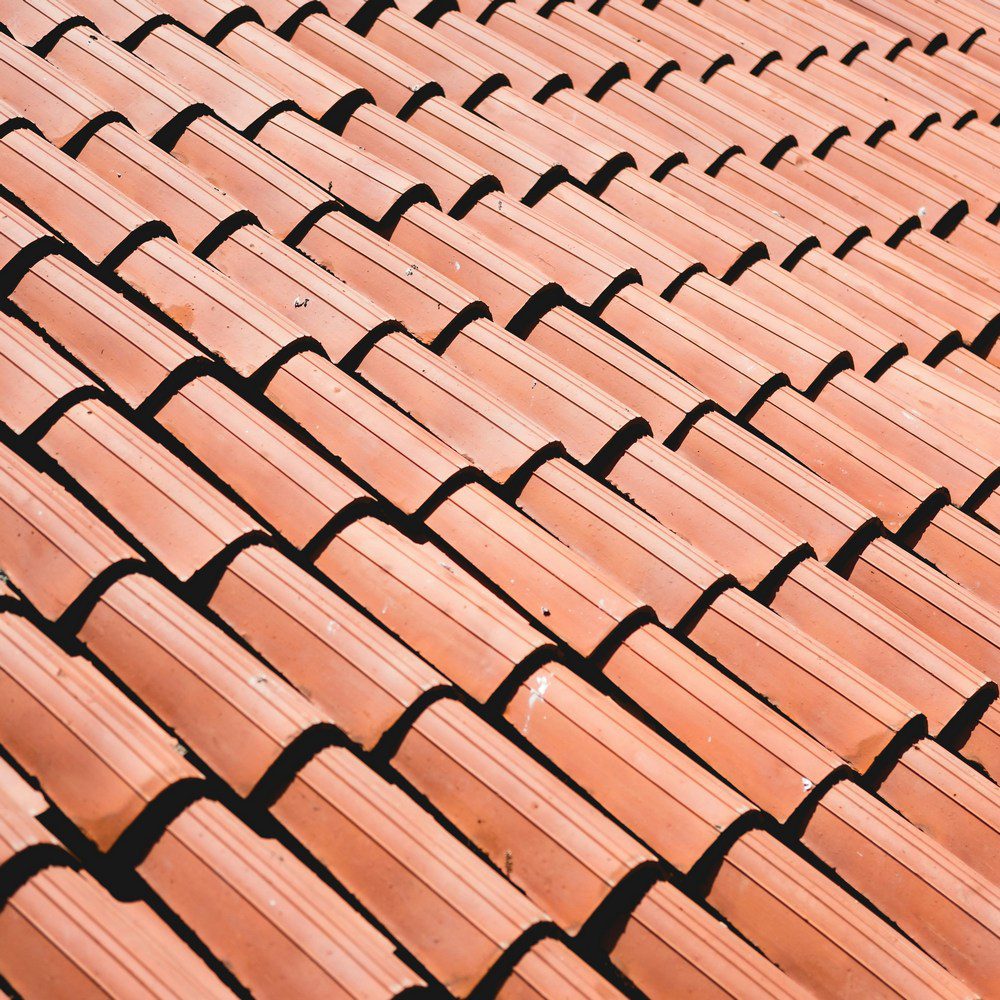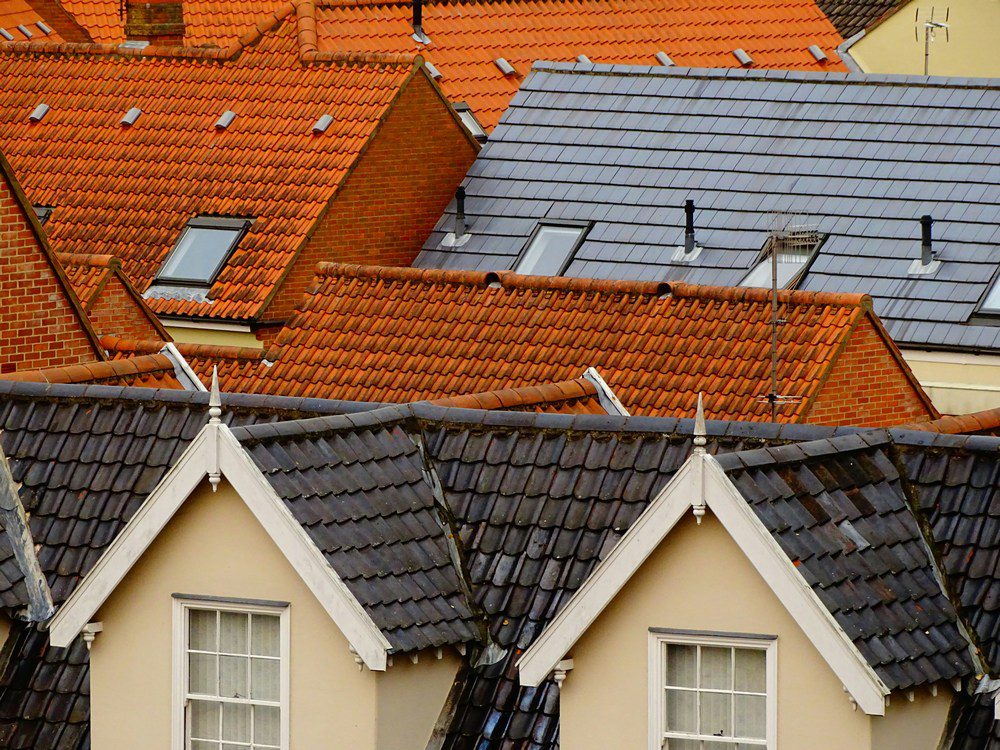Asphalt shingle roofs are a common roofing option in residential buildings, and for good reasons. They are cost-effective, energy-efficient, and versatile roofing solutions that, when effectively installed, will give you optimal value for your money. However, like any other roofing, they can encounter various issues over their lifespan, leading to poor roofing performance.
Top Causes of Shingle Roof Damage and How to Fix Them
Below, we’ll look at some common causes of shingle roof damage and how to address them for long-lasting performance.
Age-Related Damages
Shingles typically last between 20 to 30 years from the date of manufacture. As they approach the end of their lifespan, they become more vulnerable to damage from wear and tear and harsh elements. Roofs start to lose crucial features like their attractive color and protective granules, which help protect them from water penetration and sun damage.
Low-Quality Installation and Poor Maintenance
While improper installation is already a problem, coupled with poor maintenance, it can quickly deteriorate your roof’s performance. Your roof’s longevity is directly tied to the quality of installation and the maintenance work you invest in.
Low-quality installation can include improper sealing of chimneys, vents, and skylights, which can create a loophole for water to seep into the roof structure. When these leakages occur, damage can spread into other areas of your roof. Failing to inspect and maintain your roof regularly can result in these minor damages getting bigger and out of control.
Weather Damages
Various weather conditions can cause damage to your shingle roof, especially if you don’t carry out regular maintenance. Some of the most prevalent weather-related damages include:
Exposure to Sunlight or Ultraviolet Rays
Extended exposure to sunlight or UV rays can damage your shingle roof by making it brittle or ineffective. Over time, these weaknesses can cause cracks and leaks that completely damage your roof.
One of the best ways to minimize UV damage is to plant enough trees around your home for enough shade. Alternatively, you can install a cool roof, especially if planting trees around your home isn’t a practical solution.
Storms
Storms can be wild, with heavy rain, high winds, and hail, posing significant threats even to the most robust roofing material. Storm damage on roof shingles can vary from punctures to missing shingles and other damage intensities that might compromise your roof’s integrity.
Depending on the intensity of the damage, you might have to invest in extensive shingle roof repair or replacement. To avoid expensive repairs, it is important to schedule an inspection after a storm to spot small damages and attend to them early.
Ice and Snow
Colder climates can lead to the accumulation of ice on your shingles, which will melt in warmer temperatures, causing water to back up under them. With this accumulated water, your shingles can start leaking, and the roof can get damaged with time. Heavy snow on the roof can also cause structural strain.
Tree Damage
While trees act as protection against some elements, they can also pose a danger to your roof’s health. Trees planted too close to the house can cause various risks, from falling leaves and branches to the possibility of the entire tree falling on the roof in case of a storm.
If the tree branches are left to hang too close to the roof, they can continually scratch the shingles, causing abrasions and leakage gaps. Leaves accumulating on the roof can also trap moisture and cause rotting, damaging the roof.
It’s important to plant trees at a safe distance from the roof to minimize contact with it. You should also conduct regular inspections and maintenance to clear leaves or branches falling on the roof.
Animal-Related Damages
When animals make their shelter on a roof, damage is always imminent, whether it’s through animal droppings or scratches from claws and beaks. Birds, raccoons, and squirrels are the major culprits. They can cause damage through nesting and chewing roofing materials, which can lead to leaking.
Some of these animals sometimes take advantage of small openings or gaps in the roof, aggravating them into bigger problems. Continual inspections can help identify potential weak points and animal invasions early before the damage is spread.
Moss and Algae Growth
Moos and algae usually grow where there’s consistent moisture accumulation on your roof. While their growth isn’t directly going to cause harm to your shingles, these organisms can spearhead the deterioration of your shingles by trapping moisture on your roof.
Overall Structural Issues
Sometimes, the roofing problem is not on the roof but from underlying structural issues such as weak foundation, poor roof design, and tree roots. These foundational issues can lead to roof shifting and settling, which might be a more severe risk than just damage to the roof.
More often, it might not be easy to identify these issues, especially in the early stages. However, if you notice cracks around doors and windows at a 45-degree angle and probably some cracking noise on your roof, you should immediately call for a professional inspection. When identified early, these issues can be rectified, and safety measures can be taken early to avert danger.
Walking on Roof
DIYers who like fixing everything by themselves are most guilty of frequently climbing and walking on their own roofs, posing significant damage risks to the roof. Unlike professional roofers, homeowners climbing their own roofs might not know the type of shoes to wear when up there or the time of the day to do it.
Spiked shoes or walking on a highly heated roof can intensify damage and shorten your shingles’ lifespan. Your shingles can easily get punctured, or you might knock off the granules holding them in place. If you’re unsure how to maneuver atop a roof, it’s best to trust a professional with the roofing work.
The Takeaway
Shingle roof damage can result from many other causes, but these eight major ones stand out and are most common in most roofing projects. Constant inspection can help identify and solve most of these roofing problems early before they escalate into costly and risky problems.
While individual homeowners can solve some of these problems, it’s best to consult a professional to check if there’s more to the damage than meets the eye.



